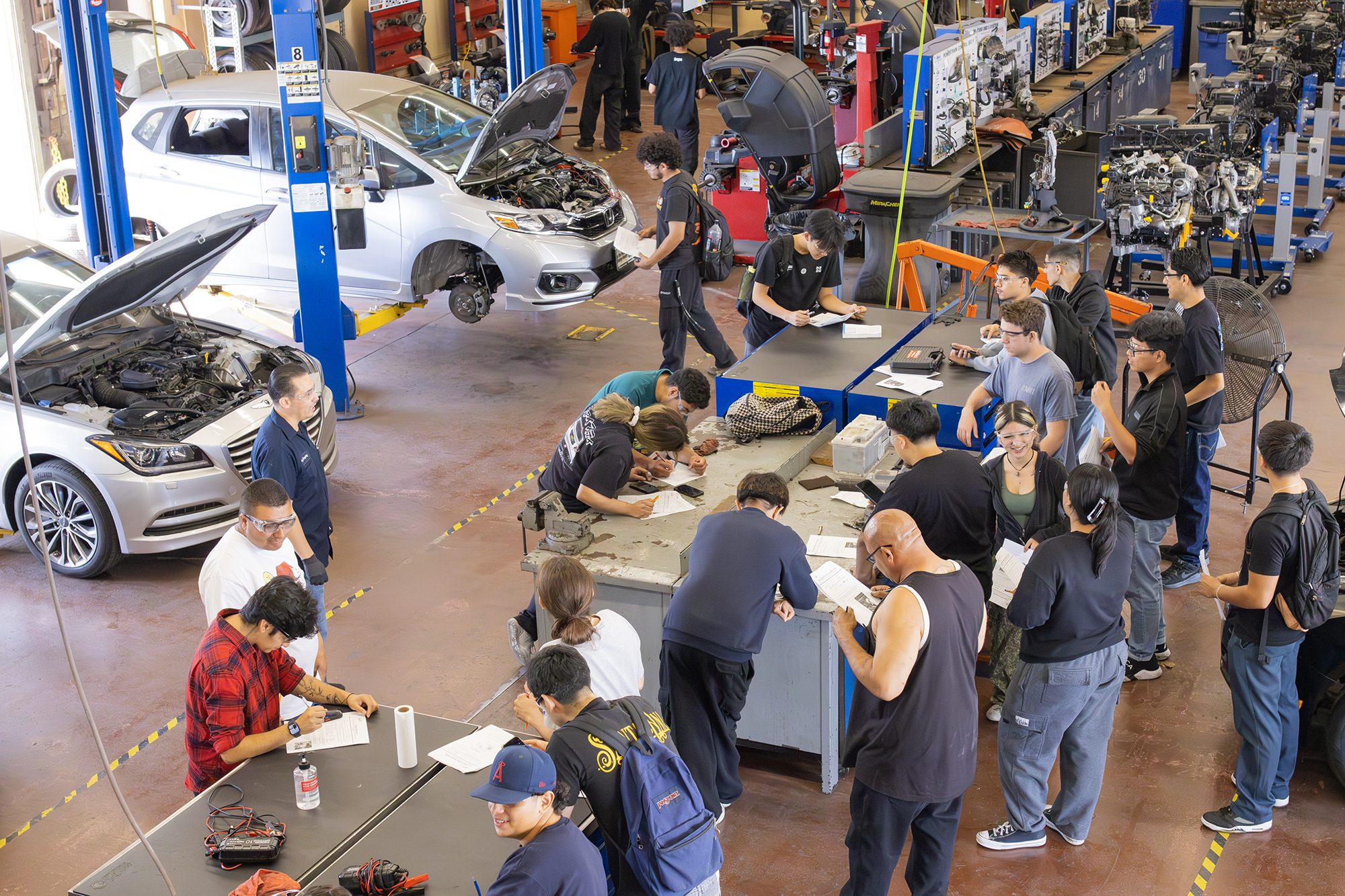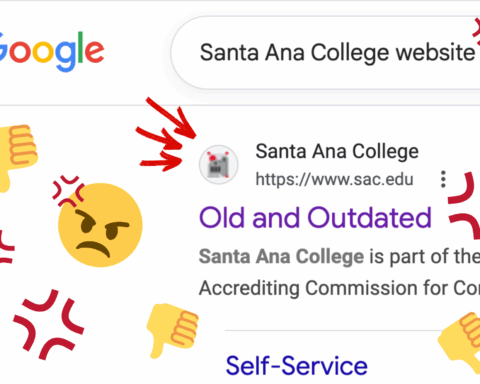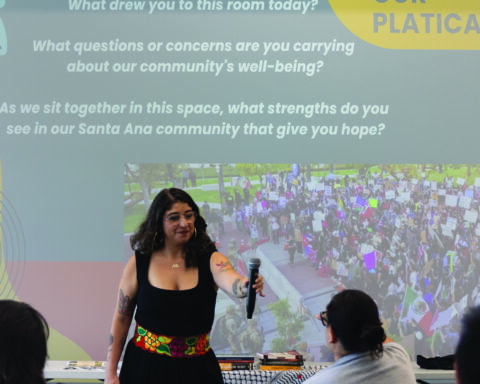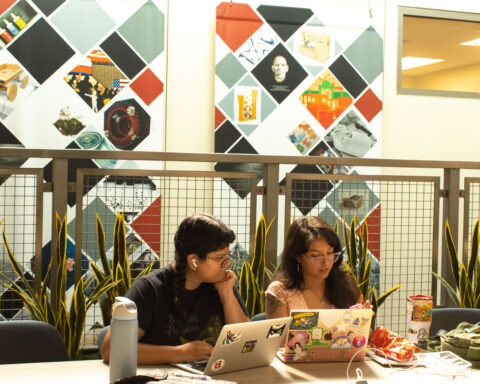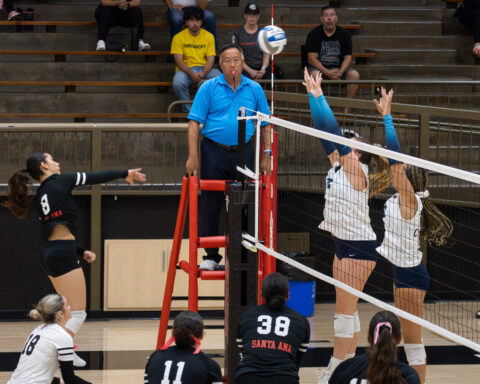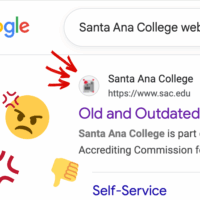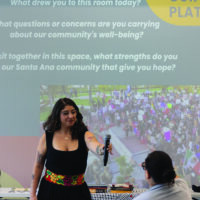Starting Fall 2026, students and automotive industry professionals in Southern California will have a new opportunity to earn a bachelor’s degree at Santa Ana College.
SAC’s Automotive Technology faculty are working closely with auto manufacturers to create a comprehensive two-year course that builds on the existing two-year associate’s program.
“To be employed at an automotive manufacturer, you need to have a bachelor’s degree,” said Automotive Technology department chair professor David Roper. While having an associate’s degree is critical for a successful career as a mechanic at a local dealership, there is a ceiling without further education. “You can only go so high in the dealership unless you want to own it. The other path is to work for the manufacturer. Go work for Toyota or Honda or BMW and from there there’s all kinds of different opportunities.”
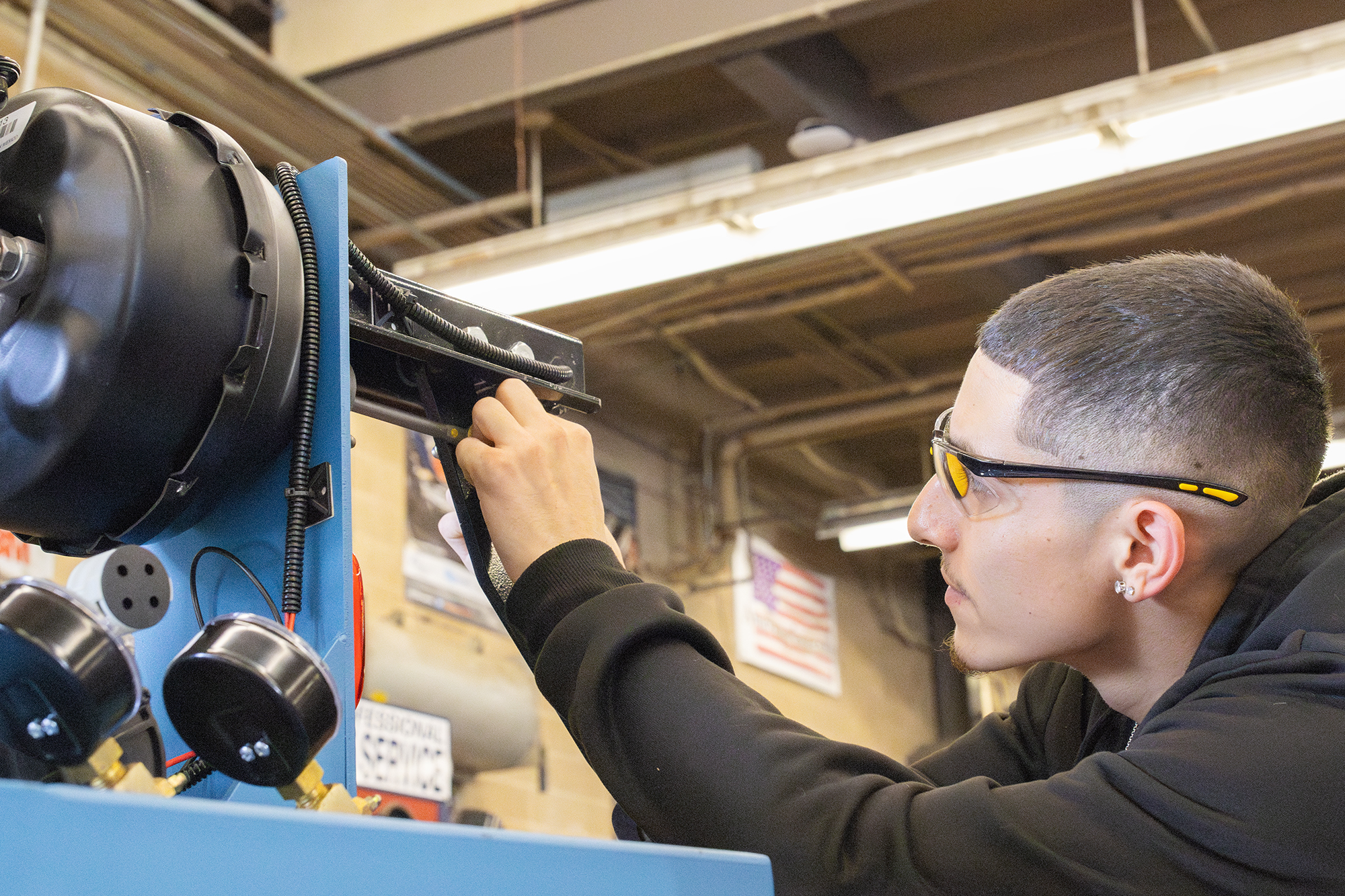
As unveiled at this year’s convocation, a third bachelor’s program is coming to Santa Ana College in 2026—the most of any community college in the state. SAC currently offers an Occupational Studies bachelor’s program and will begin a Paralegal Studies program next fall.
“At Santa Ana College, we are really proud of the fact that we are the only community college in the state that will have three bachelor’s programs,” said Jeffrey Lamb, vice president of academic affairs. “We didn’t go for this degree out of nowhere. We did years of research and talked with industry partners. As we develop the curriculum, we’ll look to those partners so we’re developing courses and programs that will serve the automotive industry.”
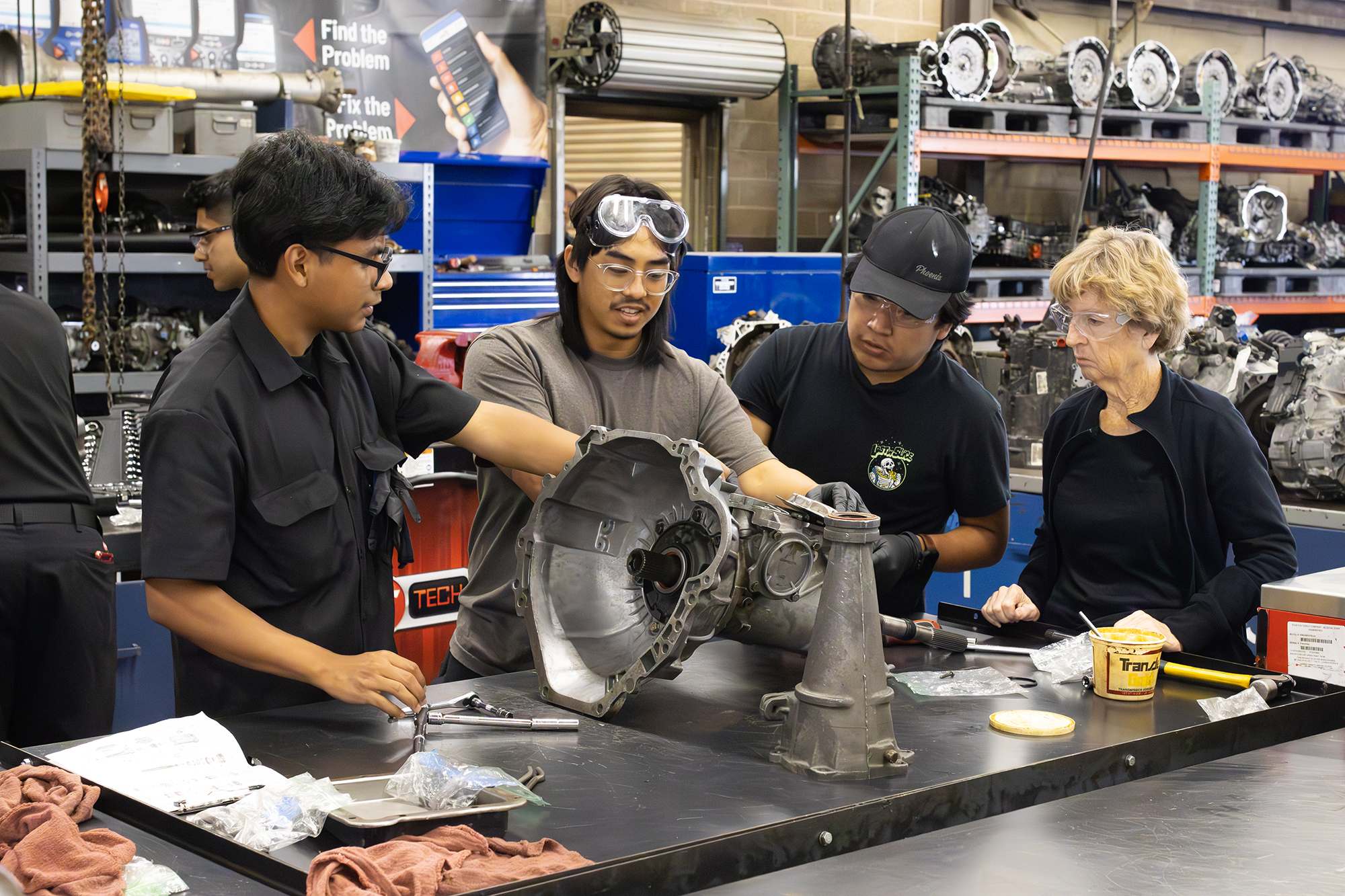
If you find yourself behind the Johnson student center on your way to Health Science or coming back from the baseball field, be on the lookout for the low, unassuming J Building. One step inside, and you are transported to a large, professional vehicle service center—like one behind a car dealership but much cleaner.
The expected machines to care for wheels, brakes, and engines are neatly arranged for groups of students to observe and practice their skills. The smells of engine oil and the sounds of hammering fill the tall classroom-turned-service center. Everyone wears proper safety equipment, eye protection, gloves, long pants and safety shoes are a must, even in the sweltering heat.
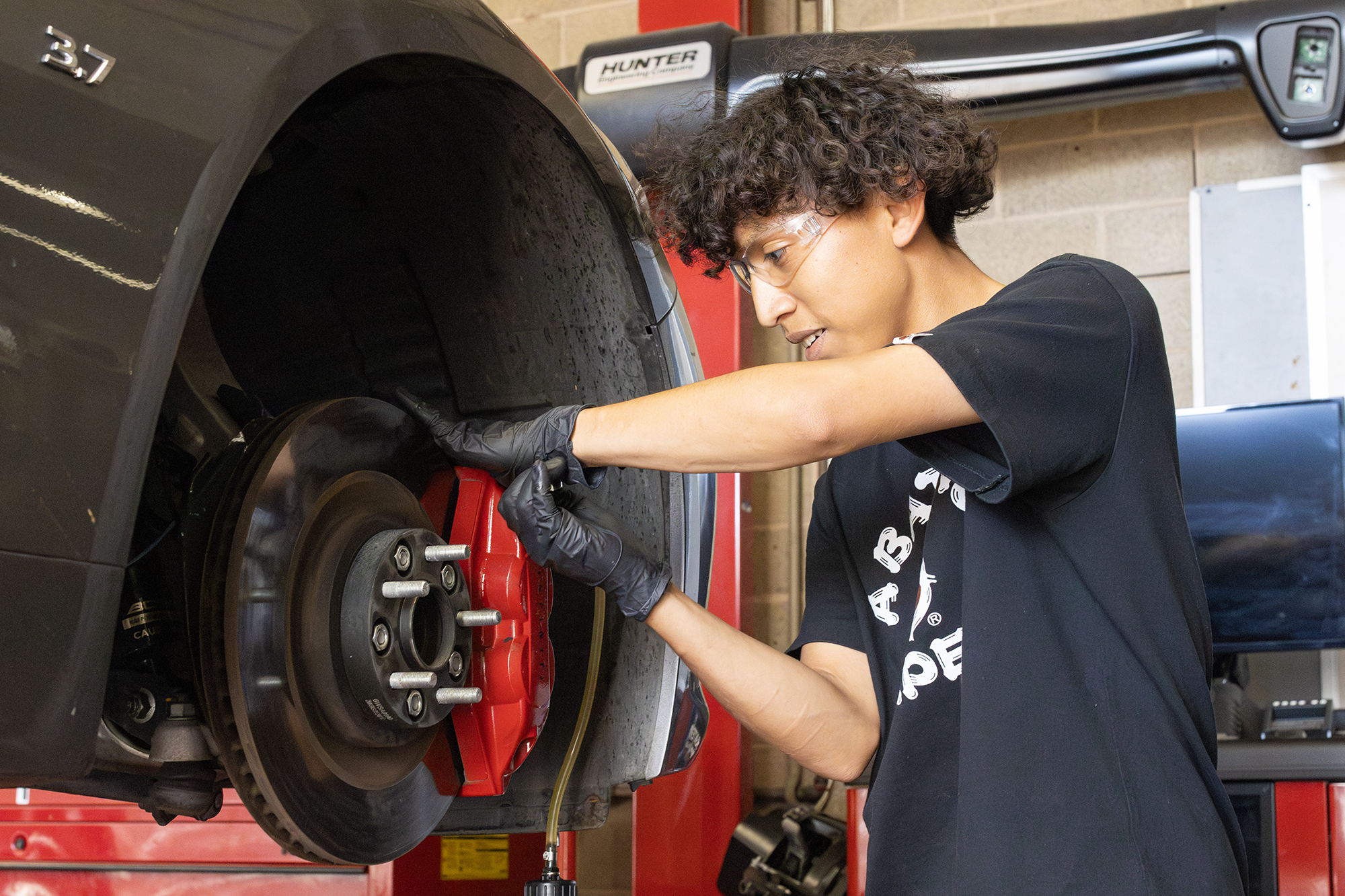
“It’s becoming more popular to become a service technician. As you know, the car industry is going to keep going forever, and it’s never going to stop,” said automotive student Samuel Bucio. “There’s always money to be made, you know, wherever you are—in a dealership or somewhere else,”
SAC currently offers an associate’s degree in automotive technology that is designed to build the skills essential for finding a career with local auto dealerships. Graduates of the associate’s degree program typically work for local dealerships or vehicle repair businesses.
“Some of the biggest benefits of the program are just knowing how to fix cars, and to save money,” said automotive student Luis Hidalgo-Villareal “For people that like to build cars and everything, like a hobby, or want to go into mechanics and get a career out of it.”
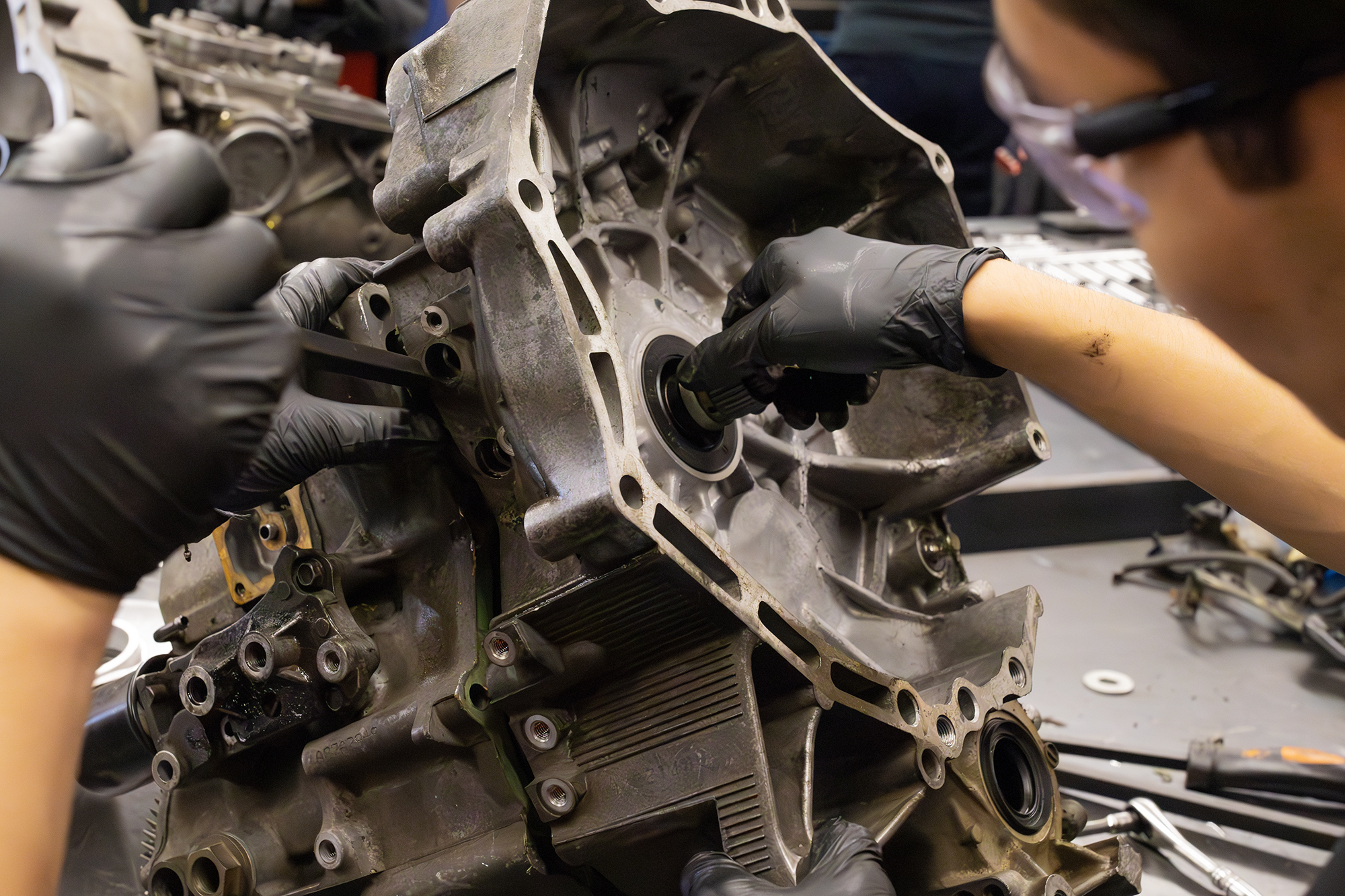
The new Automotive Technology bachelor’s program at SAC creates career paths with international auto manufacturers.
Roper and his faculty colleagues are working directly with Mercedes, Ford, General Motors, Stellantis Mopar, Subaru and Hyundai to develop the program’s goals. The 300-level classes will focus on vehicle systems as a whole, while upper-level general education courses will include small team dynamics, computer systems, and environmental studies. The 400-level classes are intended to be night school, with a heavy emphasis on work-study credits from active employment in the automotive field. Additionally, they will cover University of California-equivalent management-level leadership, ethics, supply chain, and industry-specific legal affairs.

Santa Ana College began offering Occupational Health bachelor’s degrees as part of the initial pilot program in 2015, following the passage of CA senate bill 850. The goal of these community college bachelor’s programs are to address gaps in industries such as healthcare, biotechnology, and automotive technology not covered by the CSU and UC systems.
Studies show that community college bachelor’s programs are helping close equity gaps with historically underserved populations, including people of color and first-generation college students. The Board of Governors report found that about two-thirds of students in the pilot cohort were people of color, and three out of four were first-generation college attendees, recipients of federal financial aid, self-reported as financially struggling or facing housing insecurity, had a disability, or were military veterans.
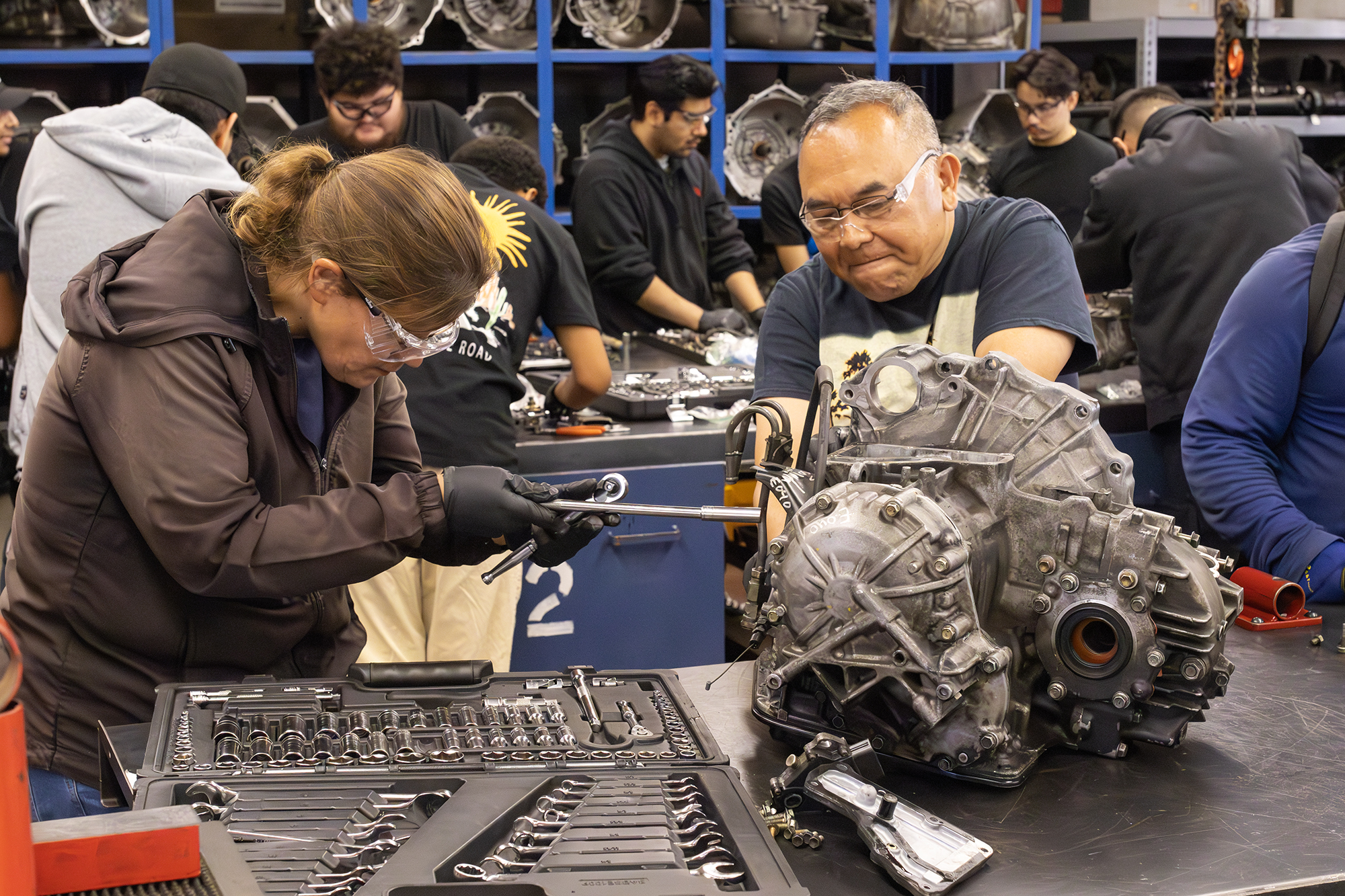
“My favorite experience has been meeting different people who have been coming to this college,” said Bucio. “I know people who already have jobs in automotive, and they’ve taught me so many different things I would have never found out on my own.”
According to data from the California Community Colleges Board of Governors, students earned a four-year degree for less than $11,000, and 72% reported taking on no student loan debt. The National Center for Education Statistics reports that in 2022 those who had higher educational attainment also had higher median earnings. The median earnings of those with a bachelor’s degree were about 60% higher than the earnings of those who completed high school only.
- Exploring “Fantasy: Realms of Imagination” at the Bowers Museum - November 26, 2024
- Recall to Election: Newest Board Member’s Return to Politics - November 13, 2024
- Board approves audit of $8 million rebate account, postpones sanctions of fiscal chair - October 30, 2024


